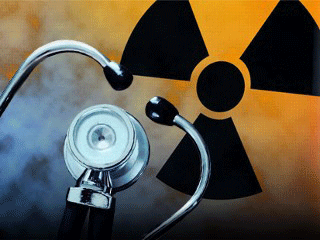
Dental X-ray examinations provide valuable information that helps your dentist evaluate your oral health. With the help of radiographs (the term for pictures taken with X-rays), your dentist can look at what is happening beneath the surface of your teeth and gums.



As X-rays pass through your mouth they are mostly absorbed by teeth and bone because these tissues, which are called hard tissues, are denser than cheeks and gums, which are called soft tissues. When X-rays strike the film or a digital sensor, an image called a radiograph is created. Radiographs allow your dentist to see hidden abnormalities, like tooth decay, infections and signs of gum disease, including changes in the bone and ligaments holding teeth in place.





There has been some concern with dental xrays and the need for them. We at Suwanee Dental Care always want to minimize the amount of radiation exposure, protect with thyroid and chest aprons, take xrays for our patient's health, and do not take more than necessary. Here is some of the exposure levels patients run into under our care and other sources encountered everyday:
Source | Estimated Exposure (mSv) |
| Man Made Dental X-rays Bitewing radiographs |
0.038 |
| Medical X-rays Lower gastrointestinal tract radiography |
4.060 |
| Natural Cosmic (Outer Space) Radiation Average radiation from outer space In Denver, CO (per year) |
0.510 |
| Earth and Atmospheric Radiation Average radiation in the U.S. from Natural sources (per year) |
3.000 |
If you have questions about your dental X-ray exam, talk with our knowledgeable dentists.
No comments:
Post a Comment